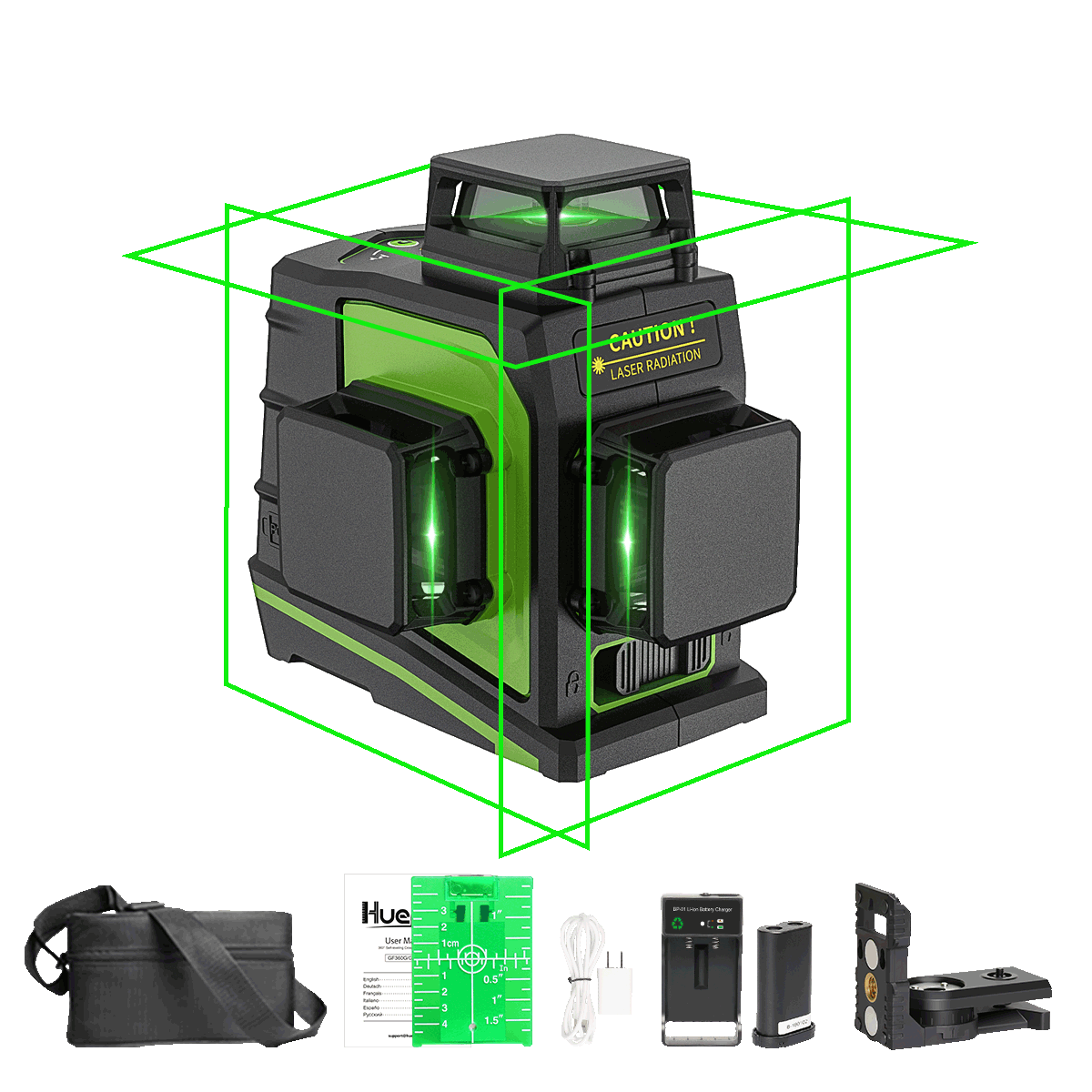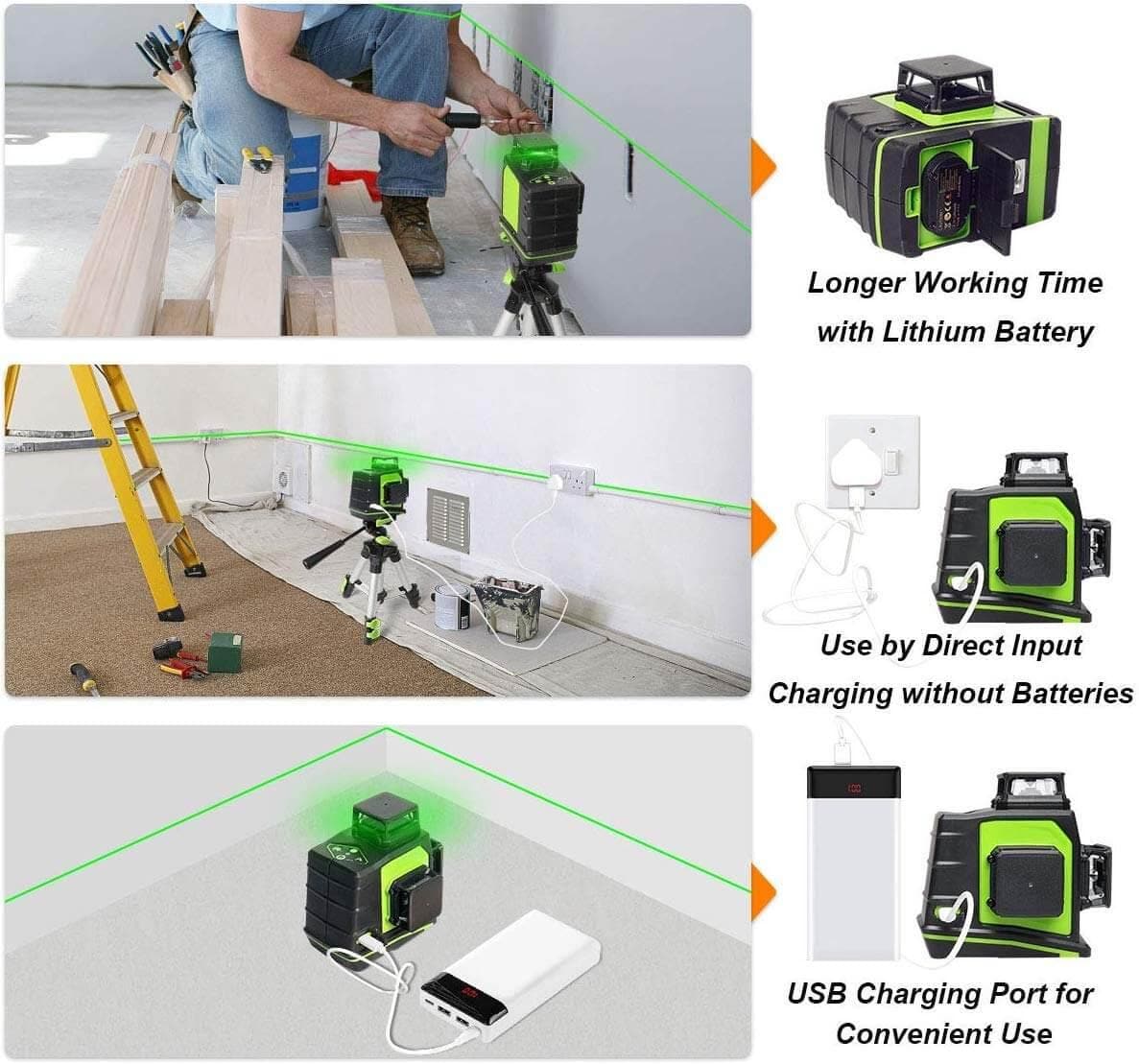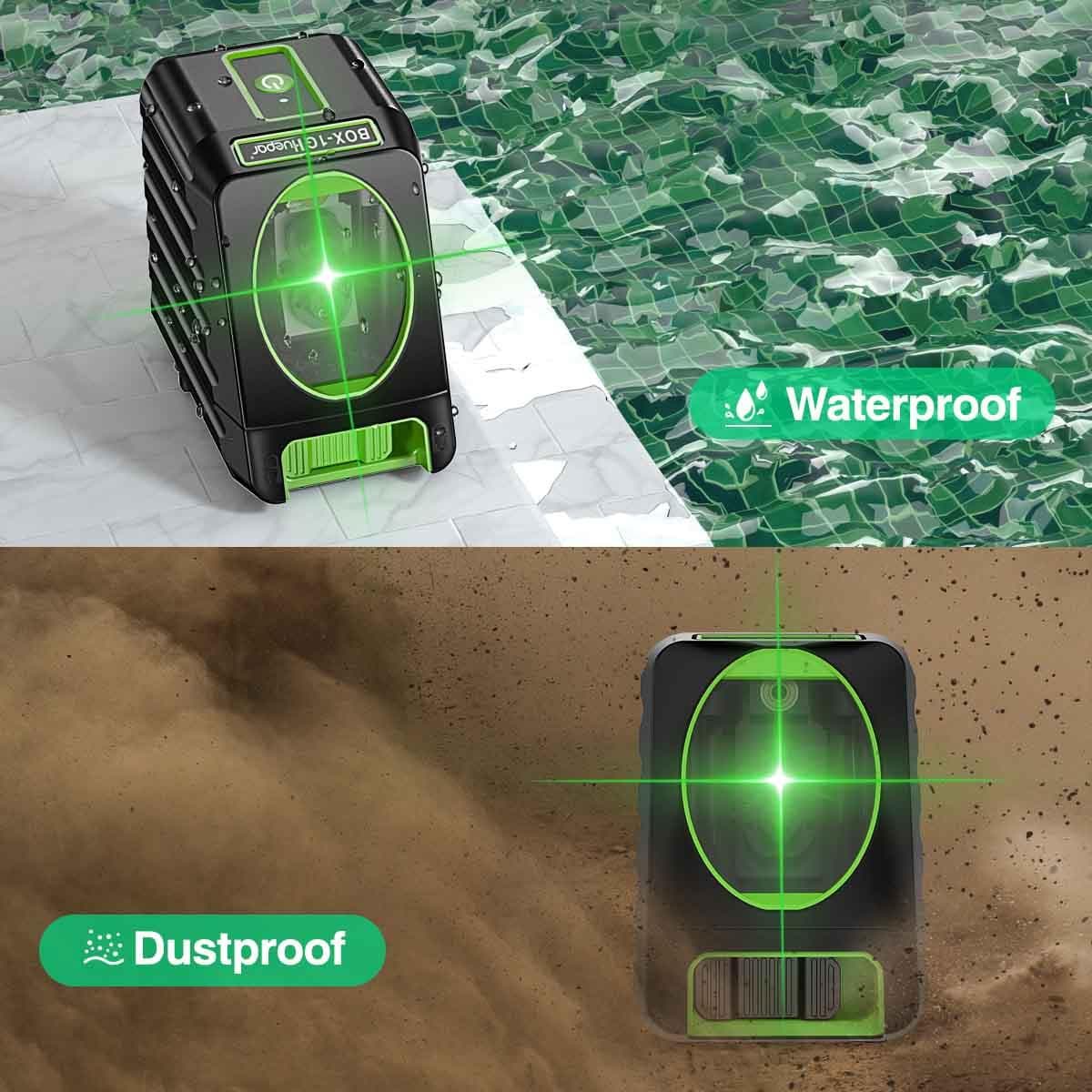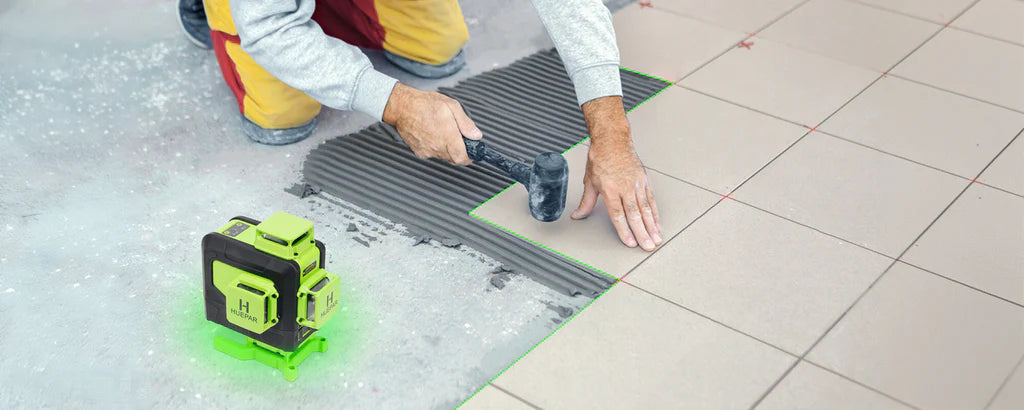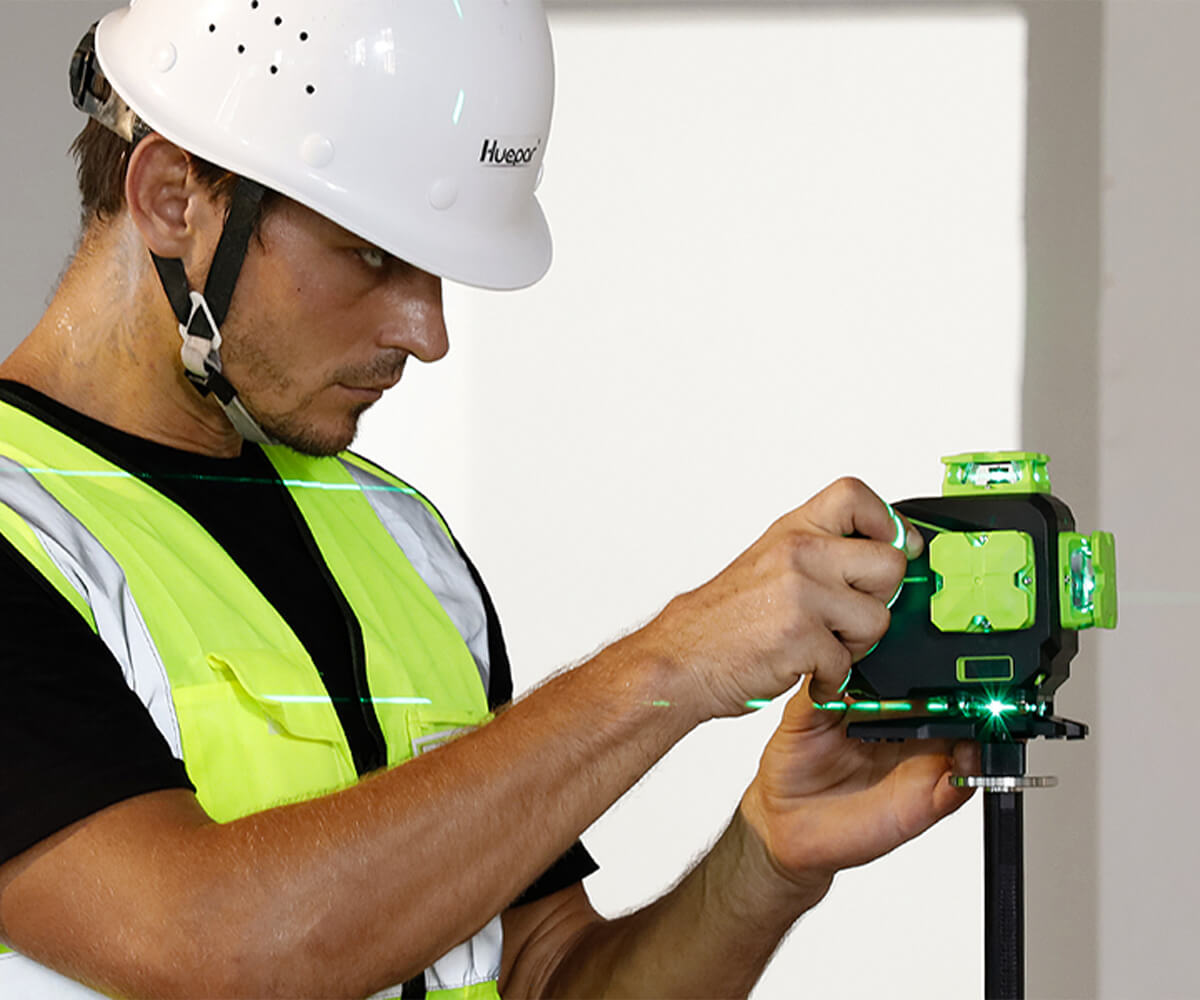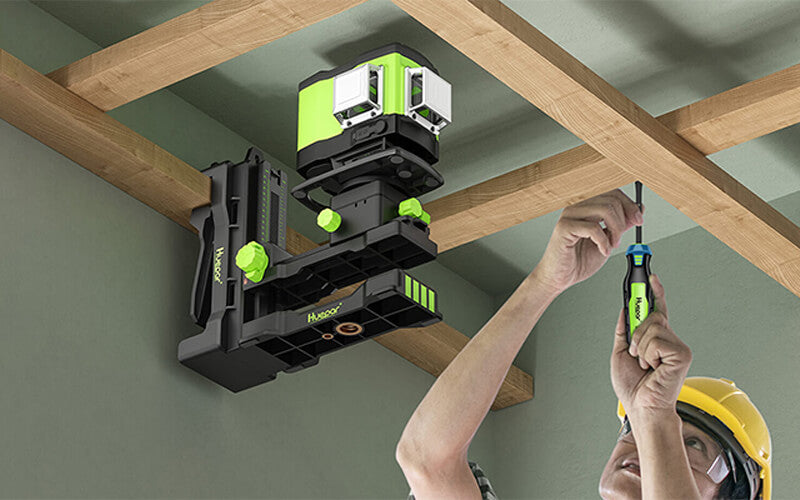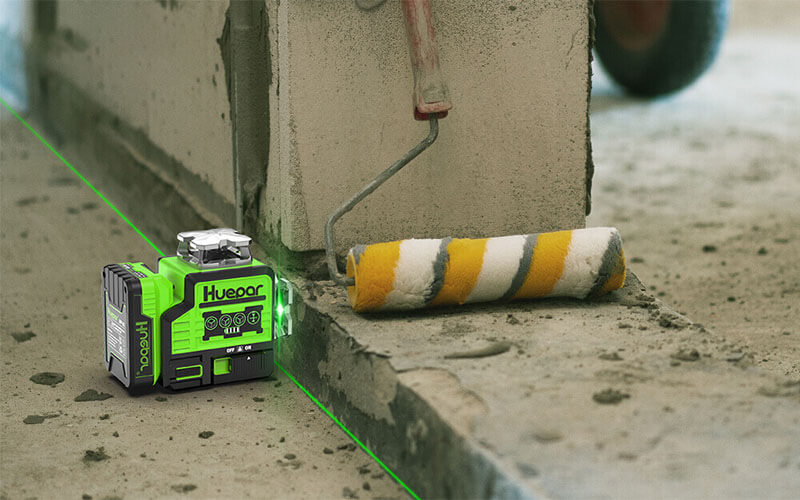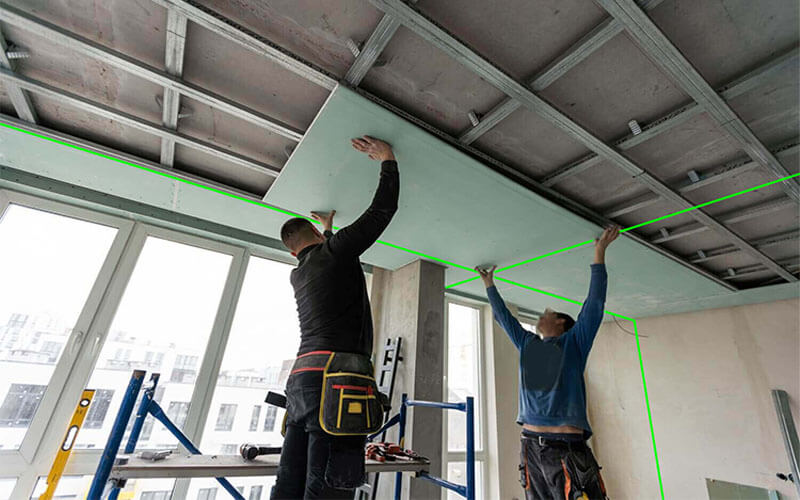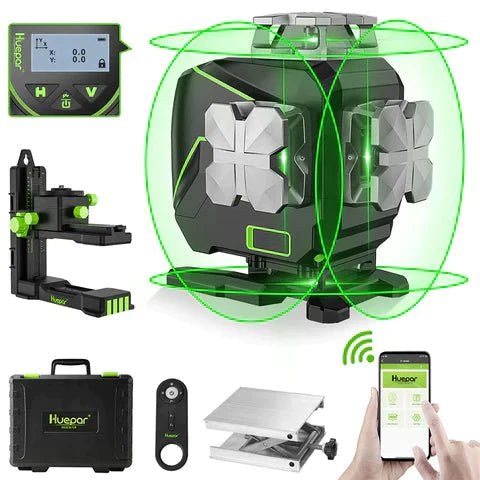
Everything You Need to Know About 3D Laser Levels: An In-Depth Guide
What Are 3D Laser Levels and How Do They Work?
Understanding the Technology Behind 3D Laser Levels
3d laser levels use advanced tech to shoot beams in 3 directions. These tools create visible lines on work surfaces. They help set out precise points and levels in space. The tool's lasers can rotate 360 degrees. This lets users line up and measure points from floor to ceiling. A 3D laser level has an internal pendulum for self-leveling. If tilted, sensors adjust the laser to stay level. This function increases accuracy. Most models use rechargeable batteries. They are built for indoor and outdoor use.

Key Features of 3D Laser Levels
3d laser levels are high-tech tools for accuracy and ease in projects. They emit two or three laser lines. This creates a 3D layout of horizontal and vertical reference points. Key features include:
- Self-leveling: The levels adjust themselves to the true horizontal. This feature reduces human error.
- 360-degree projection: Laser lines wrap around the entire room. You do not need to move the tool to mark different walls.
- Multiple beams: They emit several beams at once. This allows you to work on different planes simultaneously.
- Outdoor visibility setting: A high-brightness option makes lasers visible in bright light.
- Remote control: Some models include a remote. This makes it easy to adjust the laser from a distance.
With these features, workflow becomes smoother and faster. Professionals and DIYers can work with high precision.
Comparing 3D, Cross Line, and 4D Laser Levels
When comparing the various types of laser levels, it's essential to understand their differences. The 3D laser level projects three planes of light, creating a 360-degree layout in both vertical and horizontal axes. This makes it a go-to device for complex room layouts and installations. The Cross Line laser level, in contrast, emits cross-shaped beams. These intersect to help with simple alignment tasks such as hanging frames or cabinets. Its uses often are for indoor jobs. Meanwhile, 4D laser levels are advanced versions of 3D lasers. They offer four planes of light, adding extra precision for professional construction work. By understanding the distinctions between 3D, Cross Line, and 4D laser levels, you can choose the right tool for your project.
Advantages of Using 3D Laser Levels in Construction and DIY Projects
Precision and Accuracy of 3D Laser Levels
The precision of 3d laser levels is unmatched. They cast accurate, visible lines up to +/- 1mm in accuracy. This allows builders to set perfect angles and straight lines with ease. No more guesswork or constant measuring. The beams' accuracy ensures tasks are done right the first time. These tools are vital for tasks like tiling, hanging pictures, or setting up complex structures. DIYers also gain from this precision, making their projects look professional.
Applications of 3D Laser Levels in Professional Settings
3d laser levels are game-changers for professionals. They aid in a range of tasks like installing walls, fitting pipes, and setting out tiles. Even complex jobs like mapping out electrical wiring systems become easier. For landscapers, these tools help in leveling ground and setting slopes. In big projects, they ensure structures line up perfectly, from the first floor to the last. Their versatility in indoor and outdoor settings makes them vital for pros.
Benefits for DIY Enthusiasts
3d laser levels have become a game-changer for DIY lovers. They make tasks quick and easy. Let's see why.
- Ease of Use: Unlike traditional leveling tools, 3D lasers are user-friendly. You can set them up fast and start your project with no trouble.
- Multiple Lines: They cast lines on walls and floors at the same time. This helps you to hang pictures or install cabinets without errors.
- Better Visibility: The bright laser lines are clear, even in daylight. This means you can work without guessing.
- Hands-Free Operation: Once set up, the laser level does its job while you work. You don't need to hold a level or make marks on the walls.
- Versatility: These tools are not just for leveling. You can use them for laying out a space, or even for art projects.
For the DIY fan, a 3D laser level means saving time and getting pro results at home.
Choosing the Right 3D Laser Level for Your Needs
Factors to Consider When Buying a 3D Laser Level
Before buying a 3D laser level, there are key factors you must consider:
- Accuracy: Look for the precision rating to ensure precise lines.
- Projection Capability: Choose a level that can project lines at the distance you need.
- Self-Leveling: Check if the laser level has a self-leveling feature for easier setup.
- Durability: Ensure the device is robust and can withstand your work environment.
- Battery Life: Consider how long the laser level can operate on a single charge.
- Additional Features: Some models may have extras like Bluetooth connectivity or a remote control.
Choosing the right 3D laser level hinges on these factors to match your project needs.
Top Brands and Models of 3D Laser Levels
- DeWalt: Known for durable tools, their 3D laser levels are user-friendly and long-lasting.
- Bosch: Bosch lasers offer great accuracy and variety for different needs.
- Spectra Precision: These levels are preferred by professionals for their high accuracy.
- Makita: Makita's laser levels stand out with their robust construction and reliability.
- Stanley: A go-to brand for budget-conscious users who don't want to compromise on quality.
- Leica Geosystems: These high-end laser levels provide top-notch precision and technology.
Maintenance and Safety Tips for Using 3D Laser Levels
- Read the Manual: Always start by reading the user guide. It tells you how to use it safely.
- Store Properly: Keep the laser level in a case when not in use to avoid damage.
- Avoid Water: Don't use it in the rain or leave it in damp places to prevent damage.
- Battery Care: Charge or change batteries as needed. Dead batteries can harm the device.
- Clean Lens: Gently clean the lens with a soft cloth to keep it clear.
- Safety Gear: Wear safety glasses when using the laser. The beams can harm your eyes.
- Check Calibration: Test the level often to check if it's still accurate. Adjust if needed.
- Don’t Drop: Dropping can break the laser level. If it falls, check it before use.
- Handle with Care: Don’t force buttons or parts. This might break the level.
- Service Checks: Regularly service the level to keep it working well.


